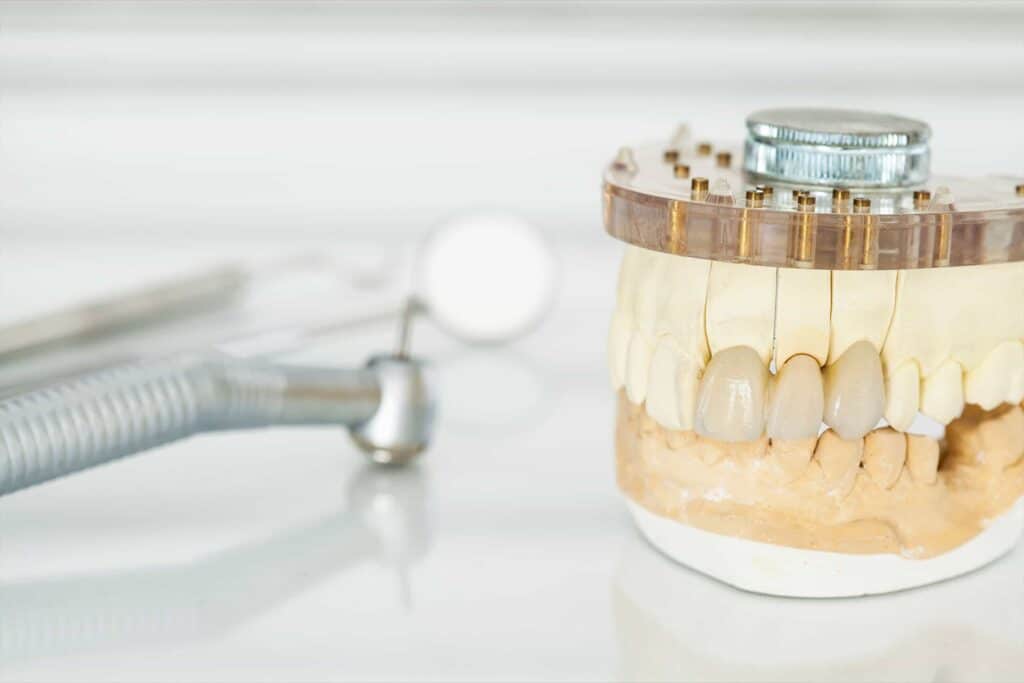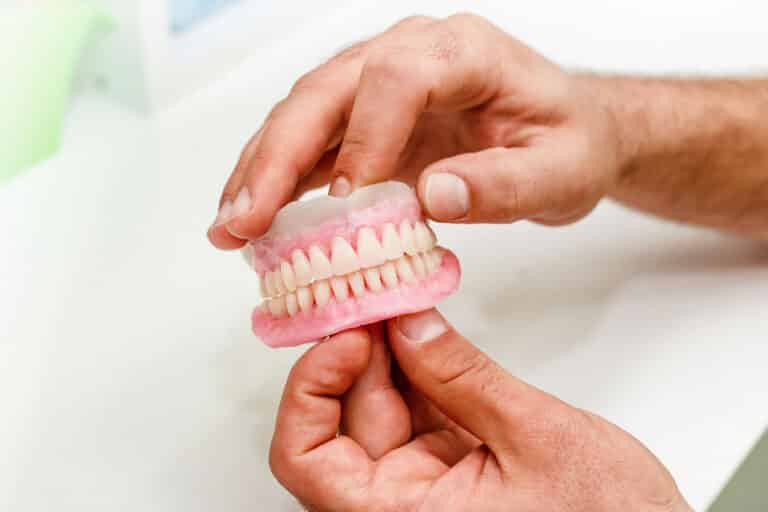Local anesthesia numbs specific parts of the body so a dentist can perform certain procedures, stitch up a wound, or take a biopsy without the patient feeling any pain. Local anesthesia differs from general anesthesia, which puts you to sleep for the duration of a medical procedure. With local anesthesia, you’ll be comfortable, but fully awake.
Local anesthesia can be used as a relief from the pain associated with bone and joint diseases or cancer. It works by blocking your nerves and preventing them from carrying pain signals to the brain. Obviously, this blockage is only temporary, and it won’t be long before your nerves start to work again. Soon feeling and movement returning to the localized area.
General anesthesia requires administration from a dental anesthesiologist, while qualified nurses or dental hygienists can easily apply local anesthesia. General anesthesia requires intense monitoring of bodily stats and vitals. While with local anesthesia, your medical staff can openly communicate with you.
What Types of Local Anesthesia are There?
There are quite a few common local anesthetics across medical and healthcare industries worldwide. Dentists use various anesthetics from the ‘caine’ family. The term ‘novocaine’ is what many call local anesthetics. However, novocaine is no longer the standard due to better anesthetics. These include: lidocaine, prilocaine, articaine, bupivacaine, and mepivacaine. You can speak with your dentist in detail to understand any potential risks and side effects from your local anesthetics, as those can vary from patient to patient.
Dentists have gravitated away from novocaine as a local anesthetic because of the amount of time it takes to work, wear off, and its potential for causing allergic reactions. Local anesthetics take anywhere from a few minutes to up 20-30 minutes to work depending on the type of injection given. In general, local anesthetics (with epinephrine) last anywhere from three to six hours, and you may experience tingling or burning sensations as they wear off. Local anesthetics can (and do) last much longer when paired with epinephrine.
What are the Side Effects of Local Anesthetics?
Serious problems involving local anesthetics are extremely rare, and most patients experience the same general side effects regardless of the anesthetic used. These typically include:
- Discomfort or burning at the injection site
- Minor bruising, bleeding, or soreness at the injection site
- Tingling sensations as the medication wears off
With local anesthetics, you should not experience any significant side effects. Your dentist will provide you with instructions to follow if they send you home before the anesthetic wears off. Some patients might experience side effects other than the most common ones we’ve mentioned. They’re completely temporary and very uncommon, but could include the following:
- Blurred vision
- Dizziness
- Headabes
- Continuing numbness or weakness
- A feeling of pins and needles
- Twitching muscles or shivering
These side effects often pass without problem, but you should advise your healthcare professional if you experience them. In rare cases, local anesthetics can cause an allergic reaction, or cause you to develop serious medical conditions such as cardiac arrest or seizures. True allergies to the anesthetics are extremely rare, whereas allergies to other ingredients are more likely. Again, these instances are very uncommon, but you can’t be too careful. If you feel like something is off, speak up.
Common Side Effects
If there’s one side effect that most people have in common, it’s a burning sensation at the injection site, which can cause mild to moderate discomfort. There are few factors that come into play regarding local anesthetics and the burning sensation they can cause.
For example, lidocaine has an acidic pH, so the acidity alone can cause a feeling of burning underneath the skin. This also accounts for a lot of the pain during an injection. The perforation and the size of the needle used can play a part in the uncomfortable burning. The injected liquid activating stretch receptors in deep tissue can also result in discomfort. Chemical compositions are to be considered when discussing burning sensations and local anesthetics. Some may burn more or less than others.
Common Side Effects for Children
A common side effect for children is actually not from the anesthetic but from chewing the lips and cheeks. When children are numbed, the lips and cheeks may become a play thing and they may chew on it. This often will leave the lips and cheeks very raw and sore. Luckily there is no treatment as it heals very quickly, but keep an eye on your kids after they’re numbed to make sure they don’t chew on their lips.
The Costs of Local Anesthesia
The cost of local anesthesia can vary greatly depending on how much you need, what you need it for, the type, and whether or not you have insurance coverage. Most often with all dental procedures, local anesthetics are included with the procedure. However there are some palliative care that uses local anesthetics to give temporary relief. These procedures can cost up to a couple hundred dollars.
If you have an upcoming procedure and you’re concerned about paying for your local anesthetic, your dentist can discuss which type they intend to use, and provide you with an estimate if it is an additional cost. Receiving a local anesthetic, especially if it’s for the first time, can be overwhelming without cost adding to the stress.
Keep in mind that local anesthesia is very different from the various types of sedation. The cost of which can be between $300-$1,000 depending on the length of sedation.
Regardless of the procedure, ensure that you always speak with your dentist openly about which local anesthetics they use. Also, don’t hesitate to bring up any concerns. Your healthcare team will be happy to answer your questions!





